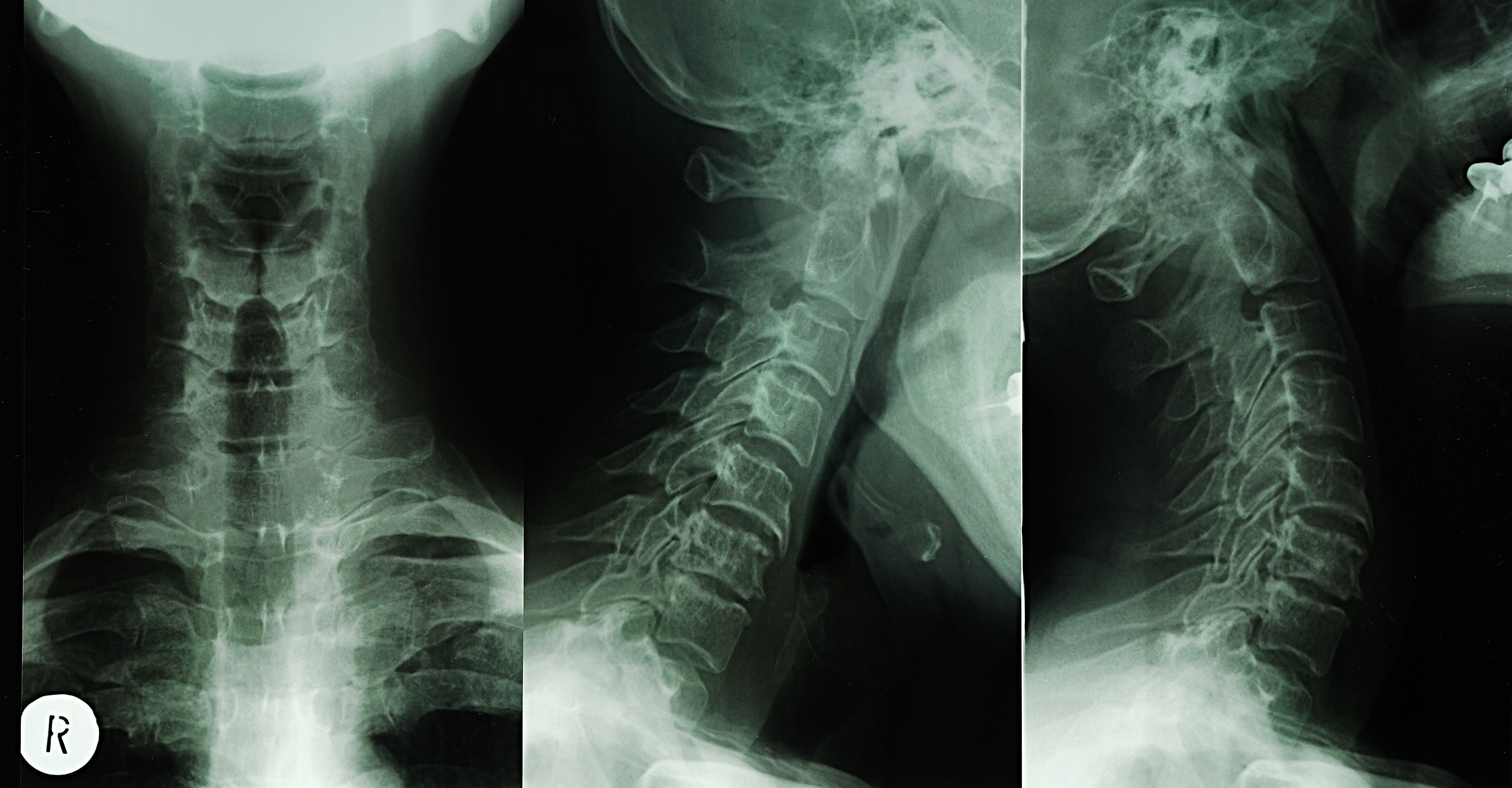
Cervical spine clearance in the trauma patient.
February 2021
Background and justification
Following blunt trauma, particularly if associated with impaired cognition, the potential for an unstable cervical spine is generally recognised and the patient is protected appropriately. Early formal spinal precautions are frequently necessary but their continuation for more than 48 hours is not recommended because of the requirement for log rolling and complications such as pressure sores.1 It is recognised that there is a potential for occult cervical spine injury associated with disc or ligamentous disruption. This guideline defines an early clinical and radiological pathway to direct appropriate withdrawal of full spine precautions in patients initially suspected of having sustained a cervical spine injury.
Inclusions:
Adult patients sustaining blunt trauma.
Standards
1. A spinal protection protocol must be in place in all hospitals managing trauma patients.
2. Spinal protection must remain in place if an injury is identified, or until it is excluded via an established protocol.
3. Assessment of the whole spine should be performed and documented where injury is suspected. 4. If abnormal clinical signs are found, complete neurological examination must be performed and documented on an agreed proforma, such as an ASIA chart.
5. If abnormal neurological signs consistent with spinal cord injury are found, immediate discussion with and referral to a centre capable of emergency spinal surgery must occur.
6. Significant spinal injury is excluded following:
a. Normal clinical examination in an awake and orientated patient2,3 or;
b. Completion of spinal imaging protocols (standard 7) in unconscious or uncooperative patients and in patients with significant distracting injuries.
7. Imaging protocols:
a. Thoracic and lumbar spine scans should be obtained according to major trauma protocols.
b. If a cervical spine injury is suspected, thin slice CT scanning from occiput to T4, including sagittal and coronal reconstructions should be performed without delay.
c. If whole-body CT (WBCT) for trauma is necessary, this should include the cervical spine if injury is suspected.
d. If brain CT is necessary for head injury, this should include the cervical spine.
e. An initial report of cervical spine clearance imaging should be available before the patient leaves the Emergency Department and a definitive report within 18 hours of injury, indicating one of the following scenarios and actions:
Option 1
Scenario - This investigation demonstrates an injury that may affect spinal stability.
Action - Continue spinal protection and seek advice from an appropriate clinical team.
......................
Option 2
Scenario - This scan is of good quality and there are no comorbidities confounding its interpretation. No features of instability, such as fracture, haematoma or joint disruption are seen.
Action - An unconscious or obtunded patient may be labelled “C-Spine radiologically cleared”. Spinal precautions can be removed. Clinical clearance is not confirmed until a tertiary survey is completed and documented.
......................
Option 3
Scenario - Whilst there are no obvious features of spinal instability, the CT scan is either not of good quality and/or there are comorbidities confounding its interpretation.
Action - Spinal protection should be continued until an MRI is performed or the patient is fully conscious and has a normal clinical examination documented.
......................
8. Magnetic Resonance Imaging is necessary when the following are present:
• Suspected cord injury
• Ambiguous CT scans, as per option 3 of standard 7
• Ankylosed spines with negative or indeterminate CT appearances for fracture
• Contraindications to ionising radiation, for example in pregnancy BOA STANDARD Standards
References 1. Spinal immobilisation for unconscious patients with multiple injuries BMJ 2004; 329:495-9.
2. Stiell IG, Wells GA, Vandemheen KL, Clement CM, Lesiuk H, De Maio VJ, Laupacis A, Schull M, McKnight RD, Verbeek R, Brison R, Cass D, Dreyer J, Eisenhauer MA, Greenberg GH, MacPhail I, Morrison L, Reardon M, Worthington J. The Canadian C-spine rule for radiography in alert and stable trauma patients. JAMA. 2001 Oct 17;286(15):1841-8. doi: 10.1001/jama.286.15.1841. PMID: 11597285.
3. National Institute for Health and Care Excellence. (2016). Spinal injury: assessment and initial management [NICE Guideline No. 41]. www.nice.org.uk/ guidance/ng41